How to Tell Your Real Story: Lisa Nichols x Hero’s Journey
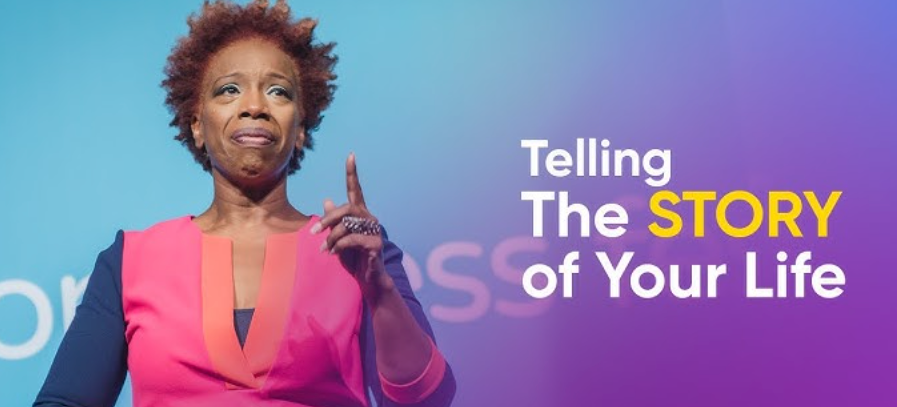
🔥 Introduction:
We all carry a story—one that’s etched into our bones, whispered in quiet moments, and waiting to be spoken aloud. But for too many, that story remains locked behind shame, fear, or the belief that it’s “not good enough” to be heard.
What if the very experiences you’ve tried to hide… were actually your greatest source of power?
In this guide, we’ll show you how to transform your wounds into wisdom, your chaos into clarity, and your trauma into a triumphant message using a revolutionary blend of two timeless frameworks:
✨ Lisa Nichols’ “Valley” Storytelling Technique – rooted in emotional truth and deep connection
🌀 Joseph Campbell’s 12-Stage Hero’s Journey – the mythic structure behind the world’s greatest stories
This isn’t just about telling a better story. It’s about telling the truth—in a way that liberates you and inspires others.
Whether you're preparing a TEDx talk, launching your personal brand, writing a book, or simply ready to be seen—this integrated storytelling framework will help you craft a message that moves hearts, changes lives, and echoes far beyond the moment you speak it.
Let’s begin your real story—the one that the world is waiting to hear.
🧠 MY LIFE STORY PROMPT (from....):
- Trauma to Triumph,
- Chaos to Clarity,
- Wounds to Wisdom,
- Victim to Victor
Use this in ChatGPT to help someone write their real story, one chapter at a time:

Prompt:
Act as a top 0.1% storytelling advisor and TEDx talk coach.
Guide me to write the real story of my life—from birth to where I stand today—not as a resume, but as a soul map.
Break my life into chapters of 8-year cycles, treating each as a distinct act in a hero’s journey. In each chapter, help me uncover and structure:The Context: Where was I living? Who was around me? What shaped me?The Core Wound: What pain, challenge, or confusion did I face?The Chaos or Catalyst: What moment disrupted me, awakened me, or cracked me open?The Shift: What helped me survive, shift, or grow? Who or what supported me?The Gift or Wisdom: What did I learn? What wisdom or truth did I carry forward?The Message: If I stood on a stage and shared this chapter, what is the one message I'd offer the world from this time in my life?
After each chapter, summarize it in 3 lines, as if it were a segment in my future TEDx talk. Then ask if I'm ready to move to the next 8-year chapter.\n\nRepeat this until we reach my current age.\n\nThen help me:>Identify the overarching themes that run through my story (e.g. abandonment, resilience, identity, purpose)Distill my core message for the worldCraft a draft TEDx title and talk outline based on my life’s message
Write like we are co-authoring the talk that will impact millions. Be emotionally intelligent, trauma-informed, and unflinchingly honest. Ask deep questions. Never rush. Go chapter by chapter. Help me find my voice through my wounds.
🧭 How to Use This Prompt
- Run the prompt directly in ChatGPT.
- Respond reflectively to each chapter’s questions—don't skip the hard parts.
- Use the 3-line summary per chapter to start shaping your talk or book.
- When you're ready, refine your core message with ChatGPT's help.
🎤 Example TEDx Titles Inspired by This Journey
- “The Gift of My Wounds: What I Learned from Living Broken”
- “I Thought It Was Trauma. It Was Training.”
- “How to Turn Pain into Purpose Without Losing Your Soul”
- “From Chaos to Calm: Rewriting the Story That Was Written for Me”
🔥 How to Craft Your Real Story to Liberate Others
Using Lisa Nichols’ Valley Framework x Joseph Campbell’s Hero’s Journey
We all have a story. Not the polished, highlight-reel version—but the raw, real, behind-the-scenes truth. The one with heartbreak, mistakes, fears, failures… and eventually, transformation.
But how do you tell that story in a way that liberates you and empowers others?
Enter two powerful storytelling giants:
🎙️ Lisa Nichols, with her “Valley” technique rooted in emotional truth
📚 Joseph Campbell, with the mythic 12-step Hero’s Journey
When you combine these two, you don’t just tell a good story…
You tell a story that transforms.
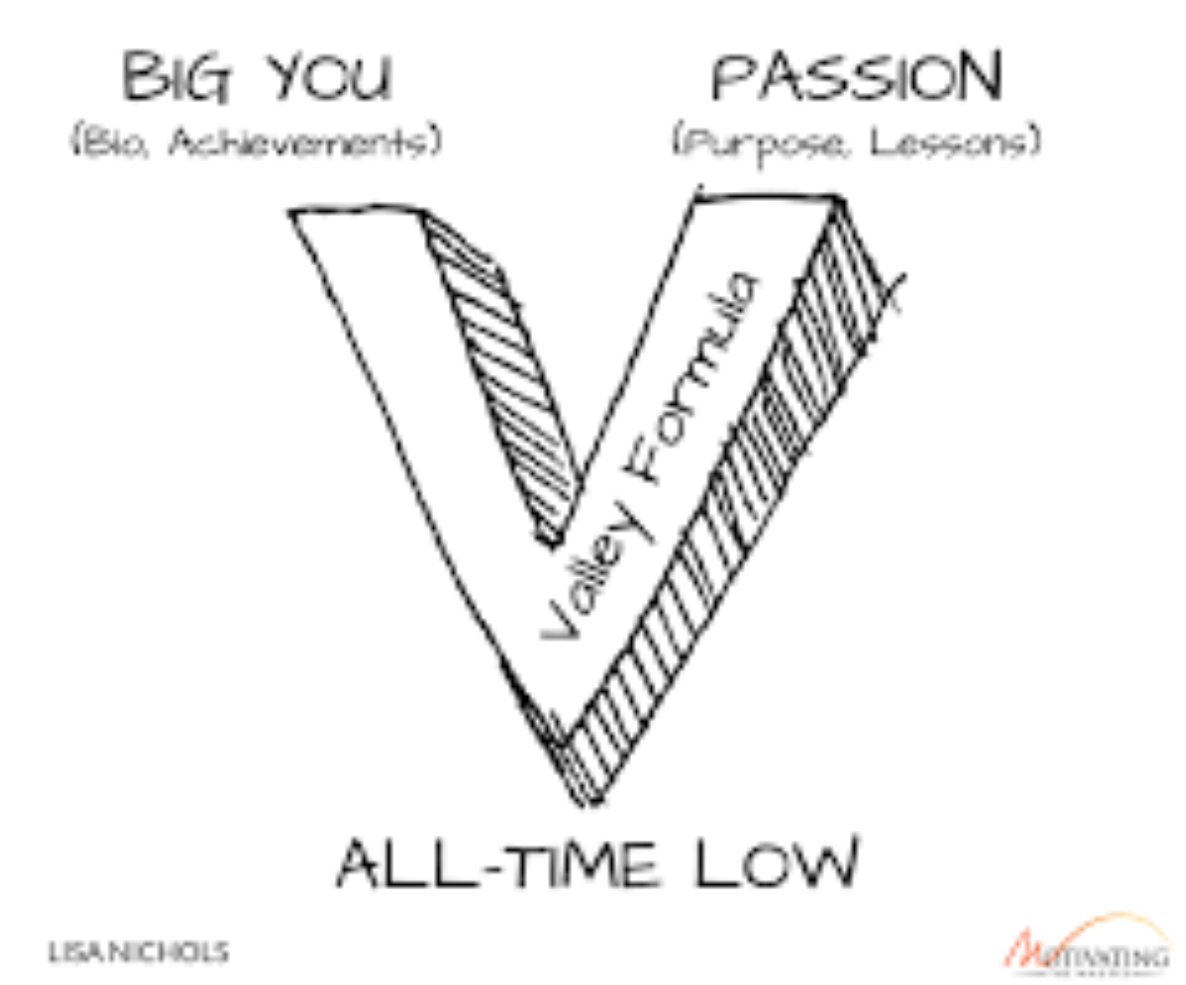
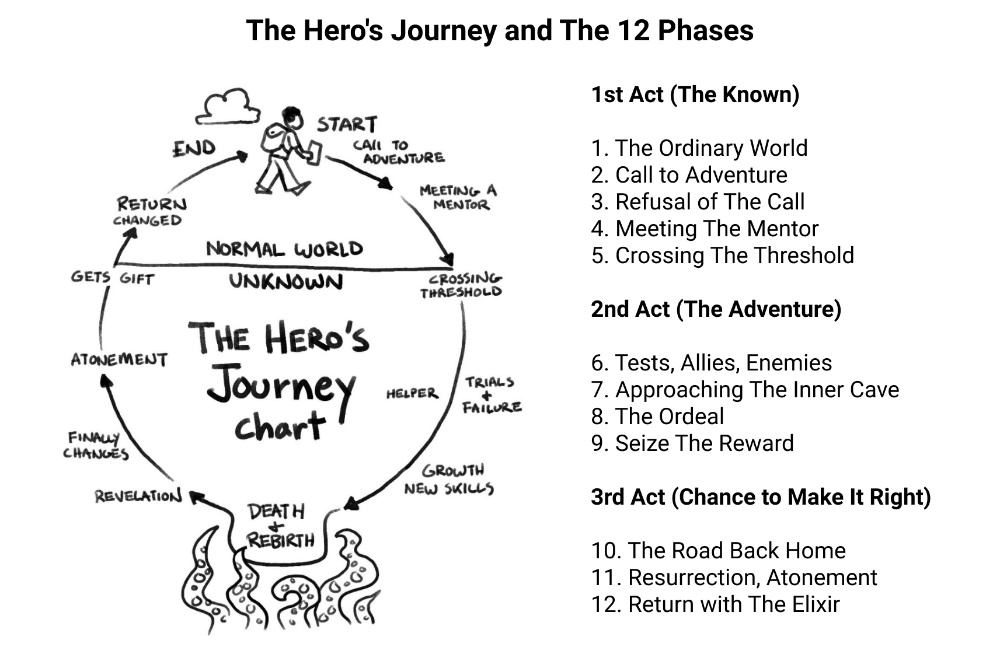
⚔️ ACT 1: THE CALL – “From Glory to Rock Bottom”
This is where your journey begins—not with your fall, but your former life. Lisa calls this “The Big You.” Campbell calls it the “Ordinary World.”
(aka: Ordinary World ➝ Call to Adventure ➝ Refusal ➝ Mentor ➝ First Threshold)
💬 Lisa Nichols’ frame:
“Take us from your high to your low. Show us the breakdown before the breakthrough.”
Elements to Include:
- Ordinary World: Who were you before it all changed? (Context—set the scene.)
- Call to Adventure: What happened that cracked you open?
- Refusal of the Call: Did you resist it? Deny it? Ignore the signs?
- Meeting the Mentor: Who or what helped shift your perspective?
- Crossing the Threshold: When did you say, "No more. I’m ready."
🧠 Tip: Use vulnerability over victory. Don’t lead with your highlight reel. Lead with your humanity. That’s where people connect.
🌪 ACT 2: THE STRUGGLE – “In the Valley”
Now we enter the soul of the story. This is the storm. The heartbreak. The confusion. It’s your “Valley” and the Hero’s “Ordeal.”
(aka: Tests ➝ Enemies ➝ Inner Cave ➝ Ordeal ➝ Reward)
💬 Lisa Nichols’ frame:
“Take me into the valley. Make me feel it. Make me cry with you, hope with you, rise with you.”
Elements to Include:
- Tests & Enemies: What challenges did you face? Who or what tried to stop you?
- Allies: Who had your back or showed up unexpectedly?
- Inmost Cave: What dark night of the soul did you experience? The fear, doubt, shame?
- The Ordeal: The one moment where you didn’t think you’d make it.
- Reward: What was the gold you found in your pain? Self-worth, truth, forgiveness?
🧠 Tip: This is your emotional climax. Take your audience there. Let them feel the rawness and the rise.
🌈 ACT 3: THE RETURN – “Now I Know Why”
Here, you come back changed. Wiser. Stronger. Whole.
Not perfect—but real.
This is your resurrection. Your gift. Your message to the world.
(aka: The Road Back ➝ Resurrection ➝ Return with Elixir)
💬 Lisa Nichols’ frame:
“Now I speak not from theory, but from experience. I don’t teach what I read—I teach what I bled.”
Elements to Include:
- The Road Back: How did you begin to rebuild or integrate?
- Resurrection: What new version of you emerged? What did you let go of?
- Return with the Elixir: What wisdom did you bring home? How do you now serve others from that place?
🧠 Tip: Let your audience see themselves in your ending. Show what’s possible. Not as a savior, but as a witness who made it through.
🔁 PUTTING IT ALL TOGETHER (Template Prompt)
Here's a storytelling template prompt you can use:
Before the valley I was... (describe ordinary world)
Then, life changed when... (call to adventure)
I didn’t want to face it because... (refusal)
But eventually, with the help of... (mentor or trigger), I said yes.
In the valley, I faced... (tests, emotions, ordeal)
I felt... (emotional truth)
But I learned... (insight/reward)
Now, I use that pain as power by... (return with elixir)
I share this because I know someone else might be in their valley right now—and they need to know... (message of hope)
🛠️ PRACTICE: Start With These 3 Prompts
- "What moment cracked me open?" (Call to Adventure)
- "What was the hardest truth I had to face?" (Ordeal)
- "What did I come back with that others need to hear?" (Return/Elixir)
🎤 Final Words: Why This Works
- Lisa’s model gives you emotional resonance.
- Campbell’s structure gives you narrative clarity.
- Together, they create stories that liberate, inspire, and transform.
You don’t need to be perfect.
You just need to be honest.
Because the story you’re afraid to tell… is the story someone else is praying to heart
🎤 Why This Works
- Lisa’s Valley gives your story emotional resonance
- Campbell’s Hero’s Journey gives your story structure and flow
- Together, they create a story that connects, inspires, and transforms
Final Words: You Are the Medicine
Your story is not just yours.
It’s a map for someone else. A mirror. A message.
Whether you share it on stage, on paper, in a post, or over coffee—
Share it.
Not for applause.
For liberation.
Because storytelling isn’t just a tool.
It’s a revolution.
🔺 📚 Bonus: The Valley Technique: A Three-Part Framework
Visualize the letter "V" to understand this structure:Motivating The Masses | Lisa Nichols
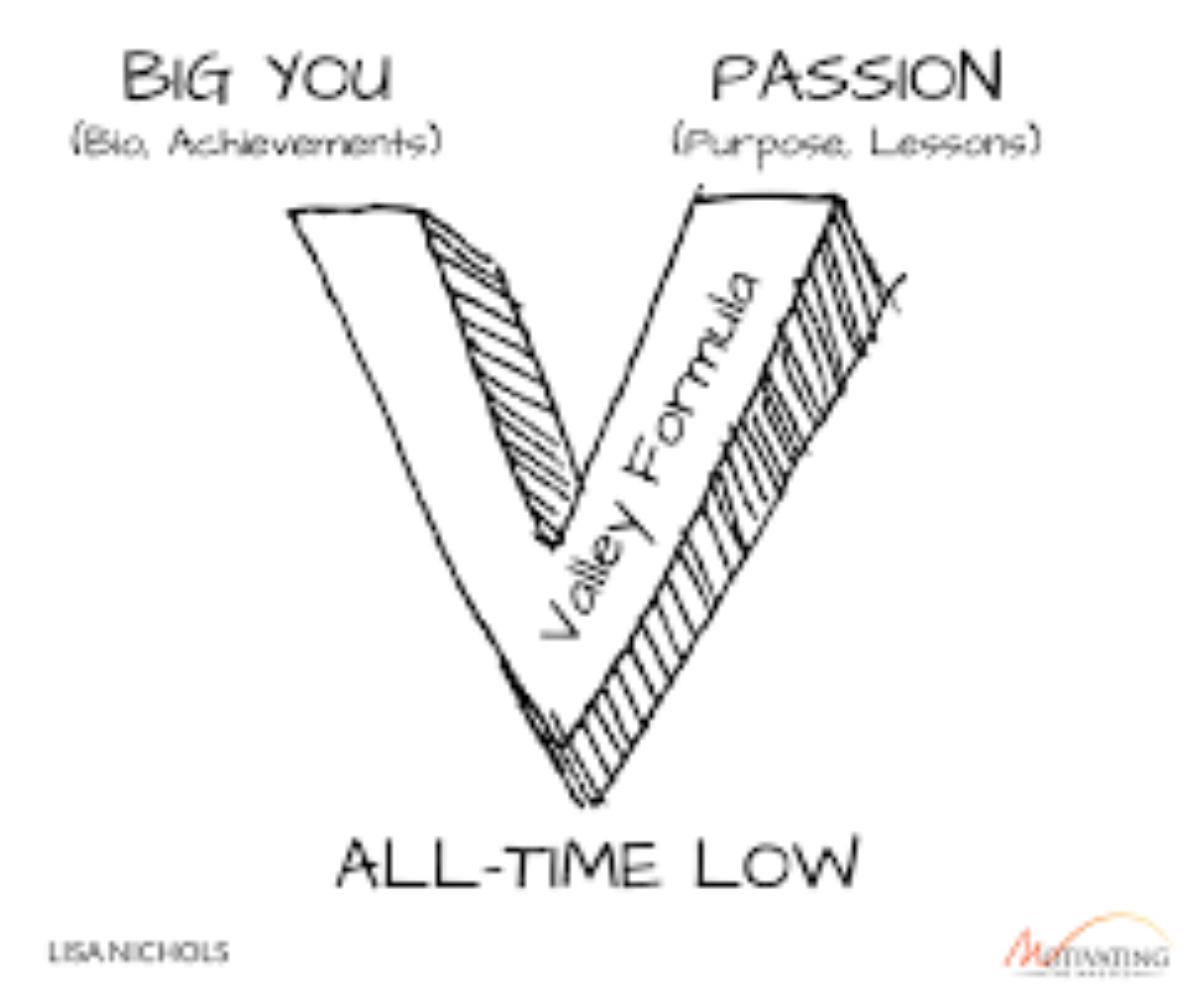
- The Big You (Left Peak of the V)
Begin by establishing your credibility. Share your achievements and successes to build trust with your audience. For example, you might say, "Even though I've authored seven bestsellers and spoken to over 86 million people..." This sets the stage for the journey you're about to share. - The Valley (Bottom Point of the V)
Dive into a specific, challenging moment in your life that is relevant to your message. This is where you show vulnerability and authenticity, allowing your audience to connect with you on a human level. For instance, you could recount a time when you faced a significant obstacle or setback. - The Rise (Right Peak of the V)
Conclude by sharing how you overcame the challenge and the lessons you learned. This part of the story demonstrates growth and resilience, inspiring your audience to believe in their own ability to overcome difficulties.
By following this structure, you take your audience on an emotional journey that starts with success, moves through struggle, and ends with triumph, making your message both relatable and impactful.
🎯 Tips for Crafting Your Story
- Be Specific: Focus on a singular, impactful event rather than a series of events.
- Show, Don't Tell: Use vivid descriptions to immerse your audience in the experience.
- Maintain Relevance: Ensure that your story aligns with the core message you wish to convey.
For a more in-depth understanding of The Valley Technique, you can read Lisa Nichols' detailed explanation on her blog.
Additionally, watching the full video will provide you with practical examples and further insights into applying this storytelling framework effectively.
For a deeper understanding of Lisa Nichols' storytelling techniques, you might find this video insightful:
📚 Bonus: The Hero’s Journey at a Glance
The Hero's Journey, conceptualized by Joseph Campbell in The Hero with a Thousand Faces, outlines a universal narrative pattern found across myths, literature, and films. This monomyth has been adapted into a 12-stage framework by Christopher Vogler, widely utilized in storytelling and screenwriting.
These stages are grouped into three acts: Departure, Initiation, and Return.
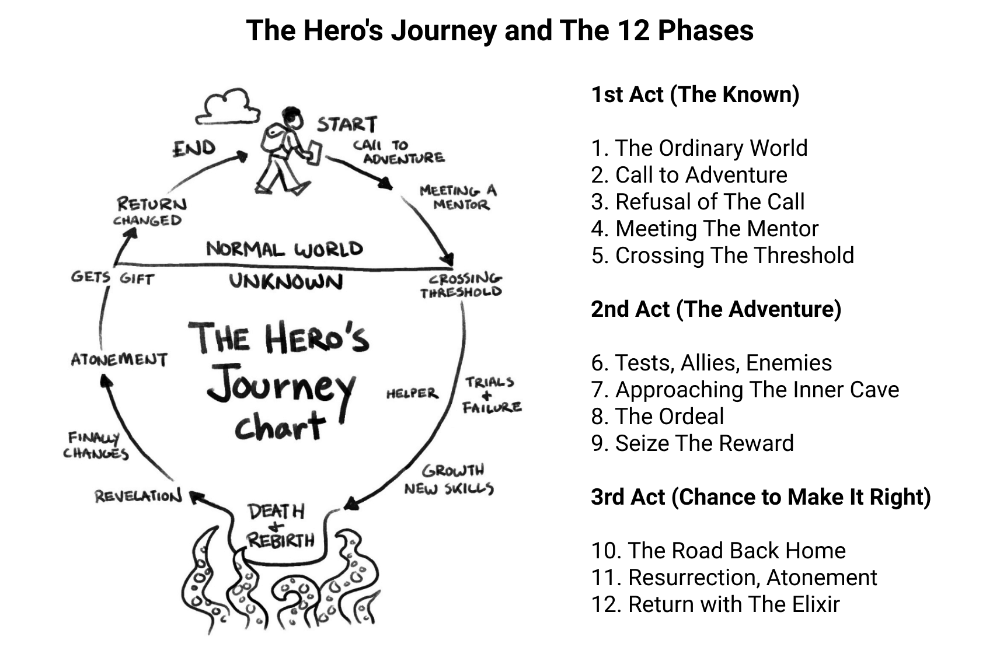
Act I: Departure
- Ordinary World – The hero's normal life before the adventure begins.
- Call to Adventure – The hero is presented with a challenge or quest.
- Refusal of the Call – The hero hesitates or declines the initial call to adventure.
- Meeting the Mentor – The hero encounters a mentor who provides guidance or tools.
- Crossing the First Threshold – The hero commits to the journey, leaving the familiar world behind.Imagine Forest+10Movie Outline+10Time+10Reedsy+4Wikipedia+4Movie Outline+4
Act II: Initiation
- Tests, Allies, Enemies – The hero faces challenges, makes allies, and confronts foes.
- Approach to the Inmost Cave – The hero prepares for a significant challenge in the special world.
- Ordeal – The hero faces a major hurdle or crisis, often confronting death or their greatest fear.
- Reward (Seizing the Sword) – After overcoming the ordeal, the hero gains a reward or accomplishes the goal.Wikipedia+2Time+2Reedsy+2UTPB+1Wikipedia+1
Act III: Return
- The Road Back – The hero begins the journey back to the ordinary world.
- Resurrection – The hero faces a final test where everything is at stake and must apply all they've learned.
- Return with the Elixir – The hero returns home transformed, bringing back knowledge or a boon to share.Movie Outline+4Dabble+4Wikipedia+4Dabble+2Time+2Wikipedia+2
This structure is prevalent in numerous stories, from ancient myths to modern films like The Lion King and The Matrix.
Learn more (Watch Tedx Talk)
🔍 Applying the Hero’s Journey to Personal Storytelling
Lisa Nichols emphasizes the power of personal storytelling to inspire and liberate others. By aligning your personal narrative with the Hero's Journey framework, you can create a compelling and transformative story.
- Identify Your Ordinary World: Reflect on your life before a significant change or challenge.
- Recognize the Call to Adventure: What event or realization prompted you to embark on a new path?
- Acknowledge the Ordeal: Consider the major challenges or fears you faced.
- Share the Reward: What insights or growth did you achieve, and how can they benefit others?
By structuring your story in this way, you not only share your journey but also provide a roadmap for others facing similar challenges.
💥BONUS: 30-Second Million Dollar Story Template
We can use our story for every day life, use this template to craft 30 second stories that share the above principles.... In business, in relationships, at a party, in life, for connection, for truth, to help another, to share authentically anywhere, anytime...
Before I was feeling (lost, stuck, overwhelmed, unfulfilled...)
“Before, I was feeling [insert emotion or struggle]... I was caught in [describe situation briefly].”
I was catalyzed by (an event, meeting, breakdown, moment of clarity)
“Then [insert catalyst] happened—I met / experienced / stumbled upon / realized...”
I’ve been in this process for (days/weeks/months/years)
“I’ve been walking this path for [insert time]—unlearning, healing, growing...”
As a result, I have (transformed, created, reclaimed...)
“As a result, I [insert what shifted]... I discovered [insert insight or outcome].”
I now believe (your truth, wisdom, or mantra)
“I now believe [insert new empowering belief]...”
Insert your “Why” statement
“And this is why I do what I do: [insert your soul-driven mission or calling].”
🎤 Example:
“Before, I was feeling completely burnt out—like I was constantly giving but never truly living.
Then I broke down on my bathroom floor after another sleepless night and stumbled upon a breathwork class that changed my life.
I’ve been on this path for 18 months now—healing, remembering, rebuilding.
As a result, I’ve found clarity, inner peace, and a purpose deeper than any title I used to chase.
I now believe that our deepest pain can become our most powerful message.
And this is why I help others reclaim their story—so they know they’re not broken… they’re becoming.”
AI assistant to help you craft a million dollar story for any outcome .



